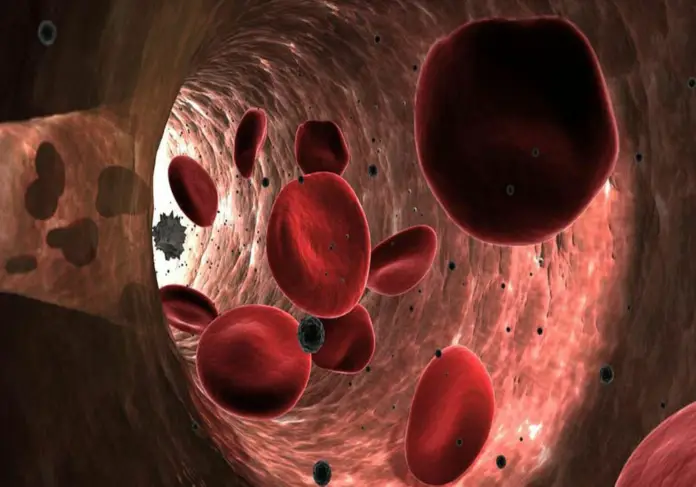Tiny plastic particles are everywhere in food, water and the air making their way into our bodies regularly. But what happens when these particles enter our bodies?
A study conducted at New Mexico University aimed to answer this question by experimenting on mice.
During the study, mice were exposed to plastic particles through water.
After four weeks, it was discovered that these particles passed through the mice’s stomachs and reached organs like the liver, kidneys and even brain tissues.
Researchers found that after watering the plastic particles, they were specifically found in the intestinal walls indicating that these particles can pass through the intestines and reach other parts of the body.
They also found evidence that plastic particles reached the metabolic pathways of affected tissues.
Researchers note that these effects start to become apparent within just four weeks raising concerns about the potential effects on humans from birth to old age.
This research is being further expanded to determine to what extent plastic particles spread in the body through dietary intake.
Researchers expect this research to reveal how different types of food contribute to the increase of particles in the body.
The results of this research were published in the journal Environmental Health Perspectives.
So far, plastic particles have been detected in human hearts, arteries, placenta and other parts of the body.
It’s needless to say that avoiding plastic in everyday life is nearly impossible as most of our surroundings are made of or packaged in plastic.
These products release very small particles of plastic that can enter the body.
In fact, particles like these have been found everywhere from the fresh snow of Antarctica to the depths of the ocean.







